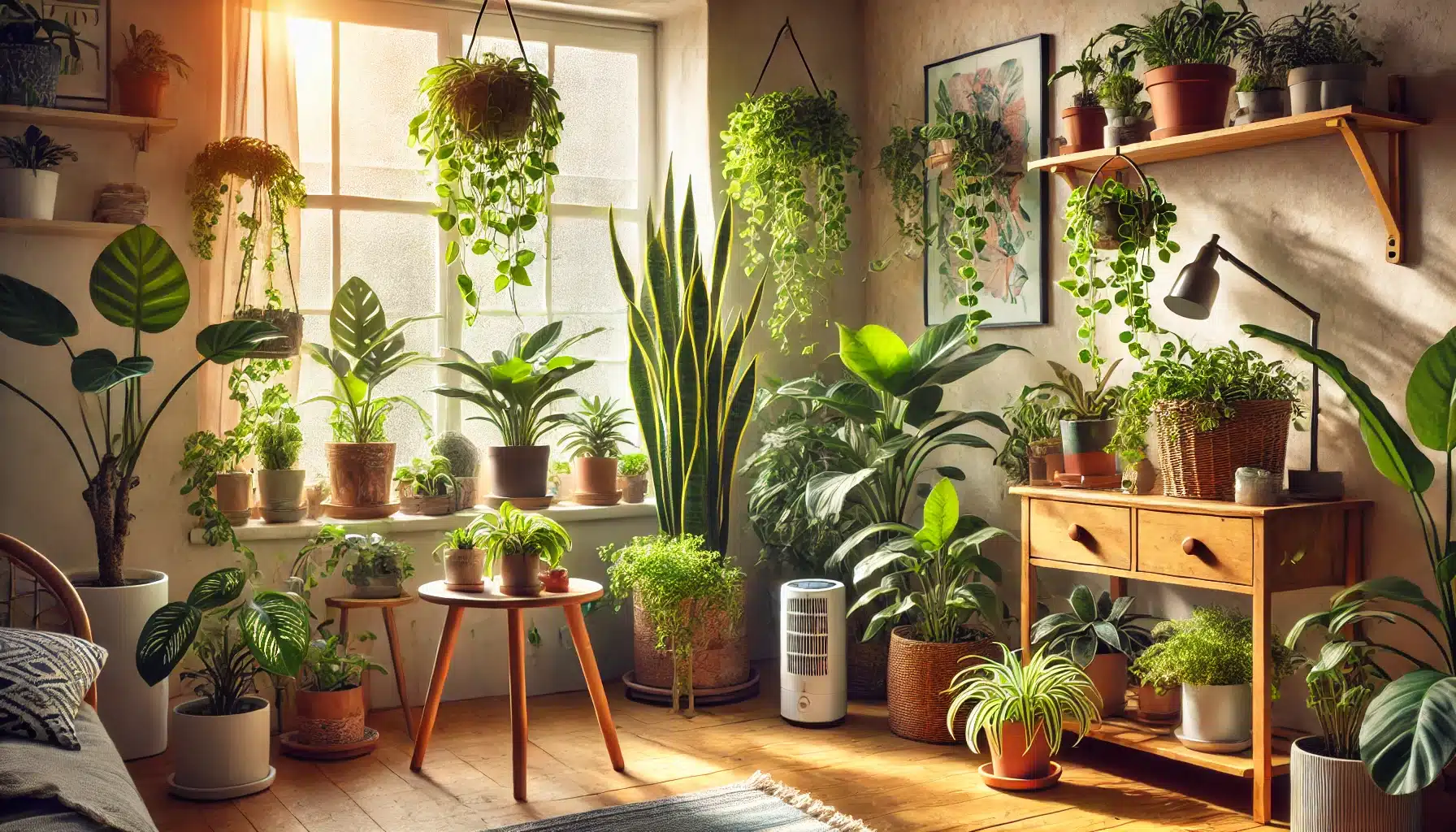Expert Tips on How to Care for Indoor Plants for a Thriving Indoor Garden
Discover essential tips and expert advice on how to care for indoor plants. Learn about the best plant choices, watering, feeding, and troubleshooting common issues to ensure your indoor garden thrives.
Indoor plants are not just a beautiful addition to your living space—they are beneficial for your health, too! They can purify the air, reduce stress, and even boost your productivity. However, keeping them healthy and thriving requires more than just occasional watering. Whether you’re a seasoned plant parent or a newbie, understanding the unique needs of indoor plants is crucial to their success. This guide will provide expert insights on selecting the right plants, setting up an ideal environment, proper watering and feeding techniques, and how to tackle common plant problems. Let’s dive in!
Choosing the Right Indoor Plants
The Importance of Plant Selection
Selecting the right indoor plants is the foundation for a thriving indoor garden. Different plants have varying needs, and choosing the right ones for your environment and lifestyle is key to their success. Indoor plants often have unique requirements compared to their outdoor counterparts. Neglecting these needs can result in yellowing leaves, stunted growth, and, ultimately, plant death. By selecting suitable plants, you’ll not only enjoy their beauty but also reap the benefits of healthier air quality and improved well-being.
Top Picks for Beginners
- Snake Plant (Sansevieria): Known for its ability to thrive in low light and with minimal watering, the Snake Plant is perfect for beginners.
- Spider Plant (Chlorophytum comosum): This resilient plant is easy to care for and helps filter indoor air pollutants.
- Pothos (Epipremnum aureum): A fast-growing vine that tolerates low light and irregular watering, making it ideal for those new to gardening.
- Peace Lily (Spathiphyllum): An excellent choice for those looking to improve indoor air quality, this plant also requires moderate watering and low to medium light.

Plants Requiring Special Care
While some plants are easy to care for, others need more attention. For instance:
- Ferns: These plants thrive in high humidity and indirect light, so they may need a humidifier or frequent misting.
- Orchids: Orchids require specific watering techniques, usually needing to dry out completely between waterings and prefer bright, indirect light.
Setting Up Your Indoor Plant Environment
Lighting: The Key to Growth
Proper lighting is essential for indoor plant health. Most plants prefer bright, indirect light. Position your plants near windows but avoid direct sunlight, which can scorch leaves. If natural light is limited, consider using grow lights to supplement the lighting conditions.
Temperature and Humidity
Indoor plants generally thrive in temperatures between 60-75°F (15-24°C). However, some plants have specific needs:
- Succulents and cacti: Prefer warmer temperatures and low humidity.
- Ferns and tropical plants: Thrive in higher humidity levels. You can increase humidity by placing plants on a tray of pebbles and water or using a humidifier.
Watering and Feeding Your Indoor Plants
Getting the Watering Right
Watering indoor plants correctly is often the most challenging aspect of plant care. Overwatering can cause root rot, while underwatering may lead to wilting and leaf drop. Here’s how to get it right:
- Check the Soil Moisture: Use your finger to check if the top inch of the soil feels dry before watering.
- Water Thoroughly: Water until it drains out of the bottom of the pot to ensure all roots are hydrated, but avoid letting plants sit in water.
- Adjust for Season and Environment: Plants require less water in winter and more during their growing season (spring and summer).
Fertilizing for Healthy Growth
Fertilizing is another crucial aspect of indoor plant care:
- Frequency: Most plants benefit from fertilizing every 4-6 weeks during the growing season (spring and summer). Reduce or stop fertilizing in the fall and winter.
- Types of Fertilizers: Use balanced, water-soluble fertilizers for general-purpose feeding or specialized fertilizers tailored to specific plant types (e.g., orchids, cacti).
Additional Care Tips
- Pruning: Regularly prune dead or yellowing leaves to encourage new growth and maintain plant health.
- Repotting: Repot your plants every 1-2 years or when they outgrow their pots to provide more space and fresh soil.
Troubleshooting Common Indoor Plant Problems
Identifying and Solving Plant Issues
Indoor plants can suffer from a variety of problems, from pests to nutrient deficiencies. Here are some common issues and how to address them:
- Yellow Leaves: Often a sign of overwatering or lack of nutrients. Adjust your watering schedule and consider fertilizing.
- Wilting: Could indicate underwatering, root rot, or low humidity. Check the soil moisture and adjust watering accordingly.
- Brown Leaf Tips: Typically caused by low humidity or over-fertilization. Increase humidity or reduce the frequency of fertilizing.
Dealing with Pests
Common pests like spider mites, aphids, and mealybugs can affect indoor plants. Regularly inspect your plants for signs of pests and use appropriate treatments, such as insecticidal soap or neem oil, to keep them at bay.
Final Thoughts: Becoming a Pro Plant Parent
Caring for indoor plants can be a rewarding experience that enhances your living space and provides numerous health benefits. By choosing the right plants, providing optimal conditions, and addressing issues promptly, you can enjoy a lush and thriving indoor garden. Remember, every plant has its unique needs, so take the time to understand and meet those needs for the best results.
Call to Action
Ready to start your indoor plant journey? Visit our website for more detailed guides, plant recommendations, and tips from gardening experts. Don’t forget to sign up for our newsletter to receive monthly plant care tips, special offers, and exclusive content straight to your inbox!


